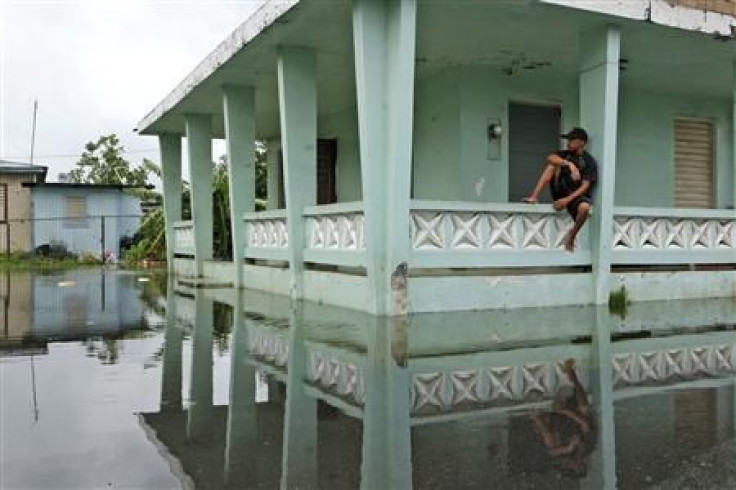Hurricane Irene 2011: Wireless Companies Urge Emergency Cell Phone Plan for Disaster

As Hurricane Irene barrels its way towards the southeast coast of the U.S., Verizon Wireless has recommended that local residents keep an emergency communication plan in case of a natural disaster.
Verizon suggests that people in the area:
*Keep phones, batteries, chargers and other equipment in a dry, accessible location. Consider waterproof accessories or simple zip-lock storage bags to protect devices.
*Keep wireless phone batteries fully charged -- in case local power is lost -- well before warnings are issued.
*Have additional charged batteries and car-charger adapters available for back-up power.
*Maintain a list of emergency numbers -- police and fire agencies; power and insurance companies; family, friends and co-workers; etc. -- and program them into your phone.
*Distribute wireless phone numbers to family members and friends.
*Download from a wide variety of weather- and safety-related applications for smartphones, tablets and other devices. (Many of these apps are free.)
Of course, we hope Irene turns out to be harmless here, said Pam Tope, Florida region president for Verizon Wireless.
But early preparation is the key to staying safe.
Furthermore, if the storm becomes truly dangerous and persists for days, Verizon recommends that users:
*Limit non-emergency calls to conserve battery power and free-up wireless networks for emergency agencies and operations.
*Send brief text messages rather than voice calls for the same reasons as above.
*Forward your home phone calls to your wireless number if you evacuate.
*Check weather and news reports on wireless phone applications when power is out.
Cell phone service can become the difference between life and death during a hurricane or other natural disaster. During Hurricane Katrina in 2005, there were many complaints in New Orleans and surrounding areas of cell phone disruption.
During such cries, cell phone towers are bombarded by dramatically increased traffic that may overburden the network.
AT&T has pointed out some improvements in its local network infrastructure to handle such concerns.
“The capacity upgrades we’ve made so far this year – and that are shown on the Miami-Fort Lauderdale micro-site – will help accommodate the additional network traffic that typically accompanies an emergency event like Hurricane Irene,” said Kelly Layne Starling, a spokesperson for AT&T.
In an article from, January 2007, David Brin, a scientist and technology expert, wrote: “Based upon the obscene situation that we saw during the Hurricane Katrina Crisis, when tens of thousands of victims found themselves cut off from the world, even though they had, in their pockets, sophisticated radio communications devices -- cell phones that betrayed folks the very moment they were needed most.”
He added: “The fact that cell phones served the national defense so well on 9/11, yet failed in Katrina, should have been enough to tell us that serious work is needed, work that has been entirely lacking while we let ourselves be distracted on other adventures.”
© Copyright IBTimes 2024. All rights reserved.











